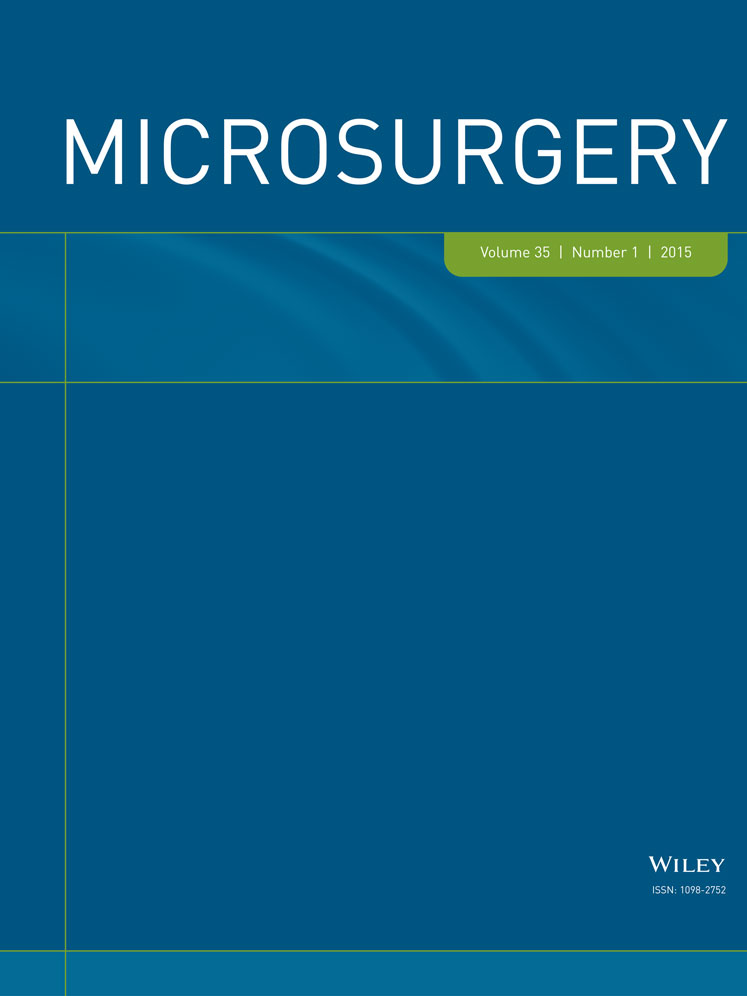Simulated surgery and cutting guides enhance spatial positioning in free fibular mandibular reconstruction
Abstract
Introduction: The free fibular flap is the workhorse for mandibular reconstruction. Three-dimensional (3D) planning, with use of cutting guides and prebent plates, has been introduced. The purpose of this study is to evaluate the interfragmentary gap size and symmetry between conventional freehand preparation versus those using 3D planning. Methods: A retrospective review was performed. Conventional free form and 3D planned fibular reconstructions performed by the senior authors at a single institution were included. Reconstructions were further subdivided into “body only” and “complex.” Demographic and intraoperative data were collected. Postoperative CT scans were analyzed using Materialize software. Interfragmentary gap distances (mm) and symmetry (degrees) were assessed. Results: Nineteen fibular reconstructions met inclusion criteria, ten conventional free form, and nine 3D planned reconstructions. Interfibular gaps measured 0.36 ± 0.50 mm in the 3D group versus 1.88 ± 1.09 mm in the non-3D group (P = 0.004). Overall symmetry (a ratio between right and left angles) measured versus 1.027 ± 0.08 in the 3D-planned versus 1.024 ± 0.09 in the non-3D group in (P = 0.944). Within only mandibular body reconstructions, symmetry was similar between the two techniques: 1.05 ± 0.12 in the 3D group versus 0.97 ± 0.05 in the non-3D group (P = 0.295). Conclusions: 3D planning lessens interfibular gap dimensions and may enhance axial symmetry. Space between native mandible and fibula is not appreciably altered using planning. Future efforts will focus on the accuracy and reproducibility of the 3D planned to actual results as well as clinical significance and efficiency benefits. © 2014 Wiley Periodicals, Inc. Microsurgery 35:29–33, 2015.




